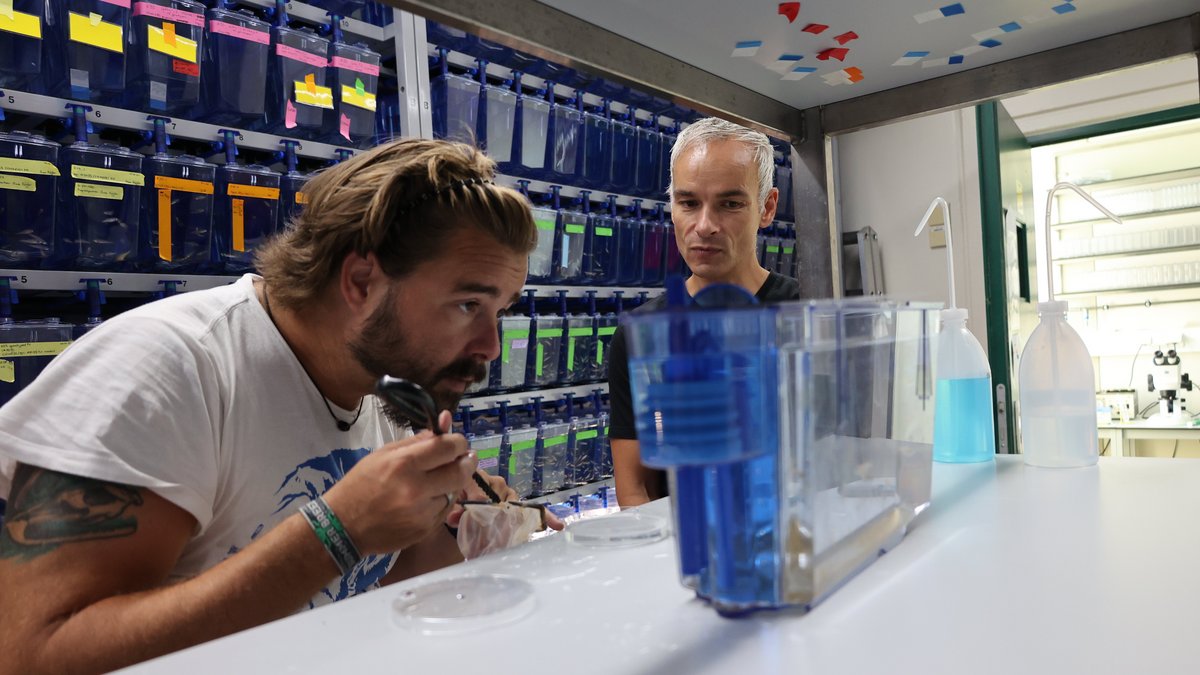
Copyright: E.Böker, CASCB
Quantitative imaging and modelling of signalling and mechanics
to understand collective cell migration during zebrafish development
Cellular communication and mechanical forces are crucial to guiding tissue morphogenesis during animal development. But how cell signalling, mechanical forces, and tissue morphodynamics are coupled during embryogenesis is still an open question.
By combining light-sheet microscopy, bioimage informatics tools, and active matter physics concepts, we aim to understand how collective cell migration emerges from the coupling of cell signalling and mechanical forces in zebrafish embryos. We will first generate a multidimensional atlas of zebrafish development to obtain an accurate 3D digital representation of individual cells and their signalling activities over time. We will then use deep learning and statistical techniques to extract descriptors of cell morphology, collective dynamics, signalling, and mechanical forces from the digital atlas. Finally, we will use the quantitative data obtained from the digital atlas to build a model of zebrafish embryonic morphodynamics based on the active matter theoretical framework.
Collectively moving cells in zebrafish embryos at various stages of development
-
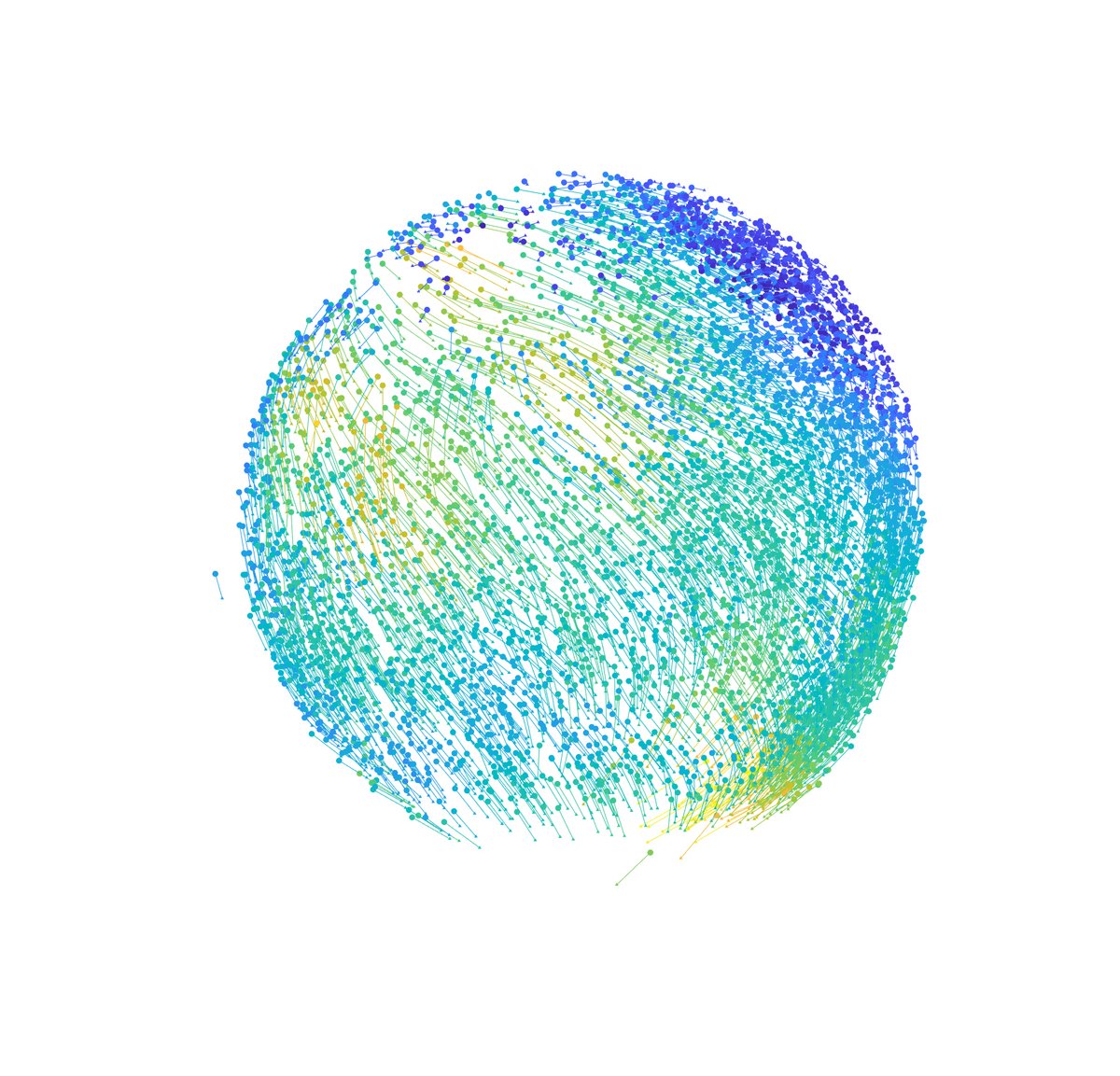
Collectively moving cells in zebrafish embryos at various stages of development. Copyright: Hernán Morales-Navarrete -
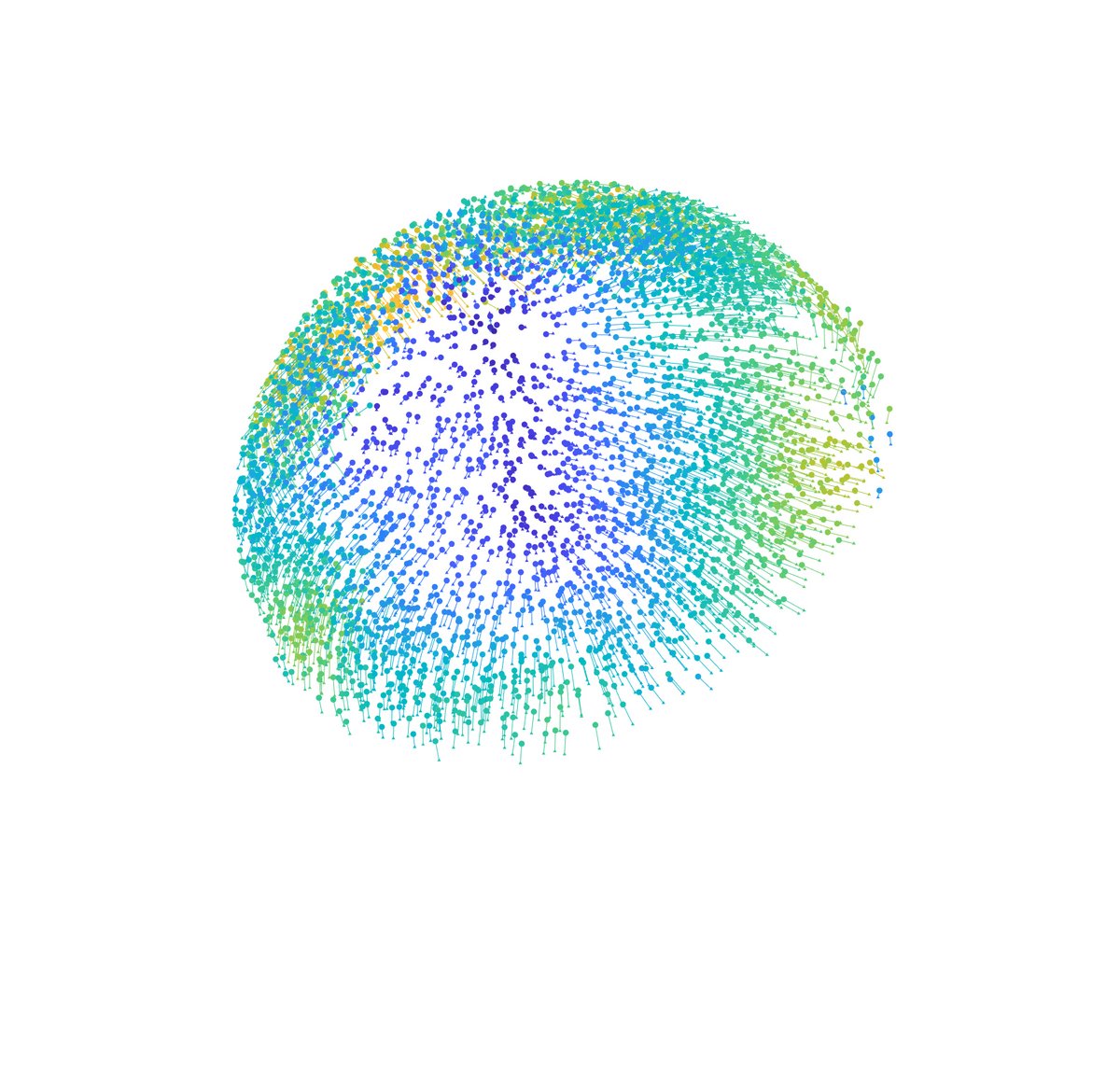
Collectively moving cells in zebrafish embryos at various stages of development. Copyright: Hernán Morales-Navarrete -
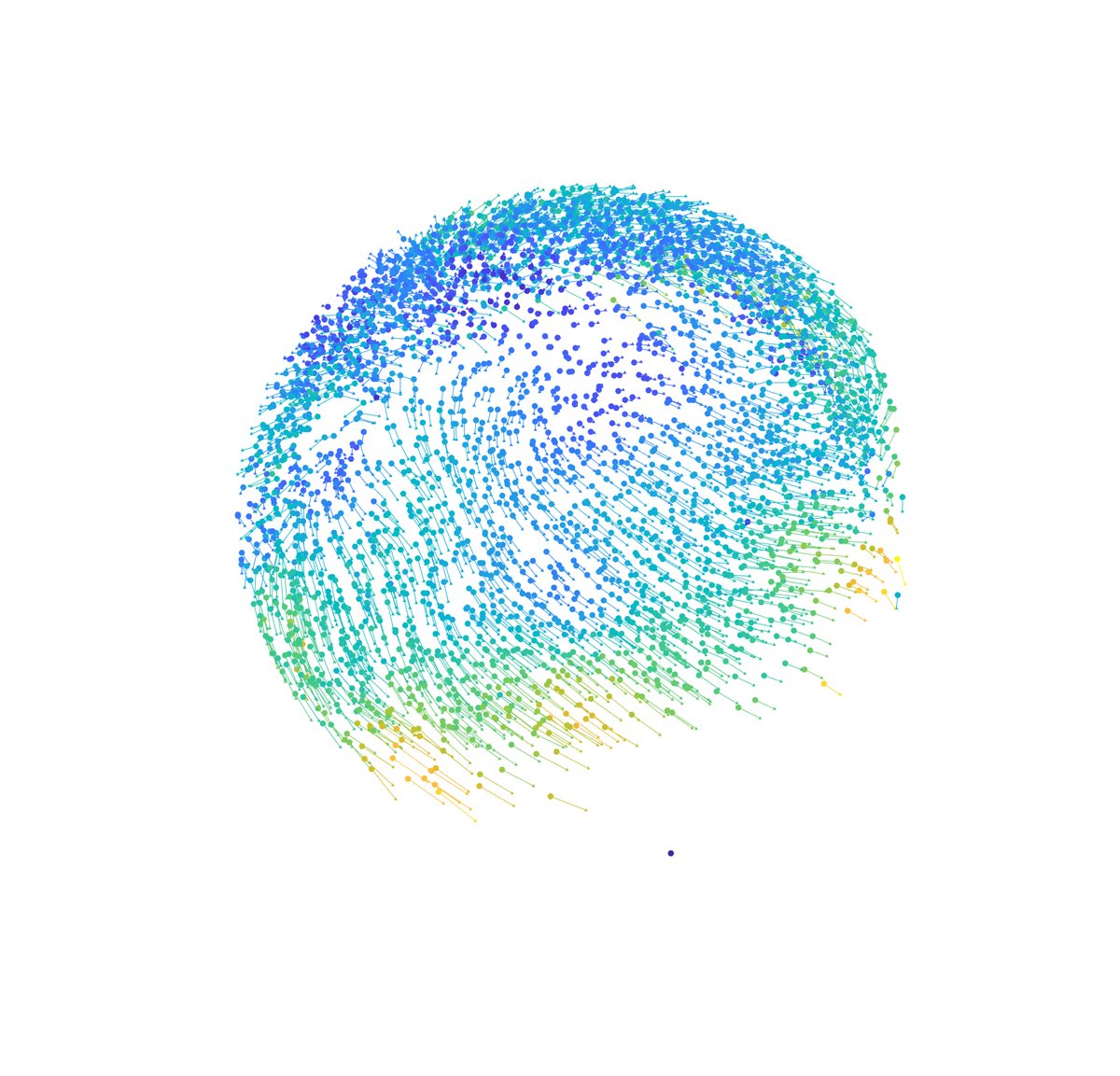
Collectively moving cells in zebrafish embryos at various stages of development. Copyright: Hernán Morales-Navarrete -
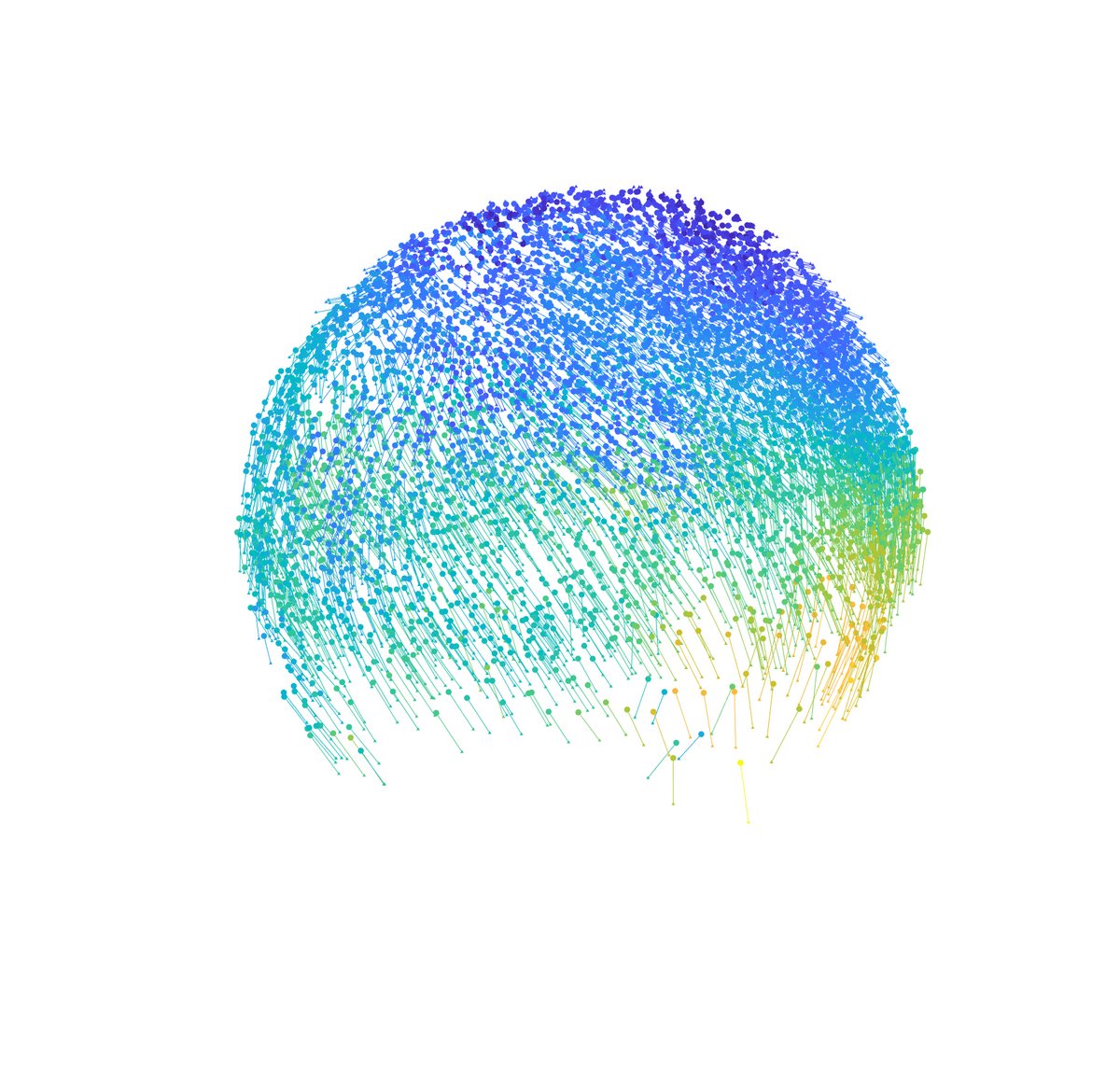
Collectively moving cells in zebrafish embryos at various stages of development. Copyright: Hernán Morales-Navarrete -
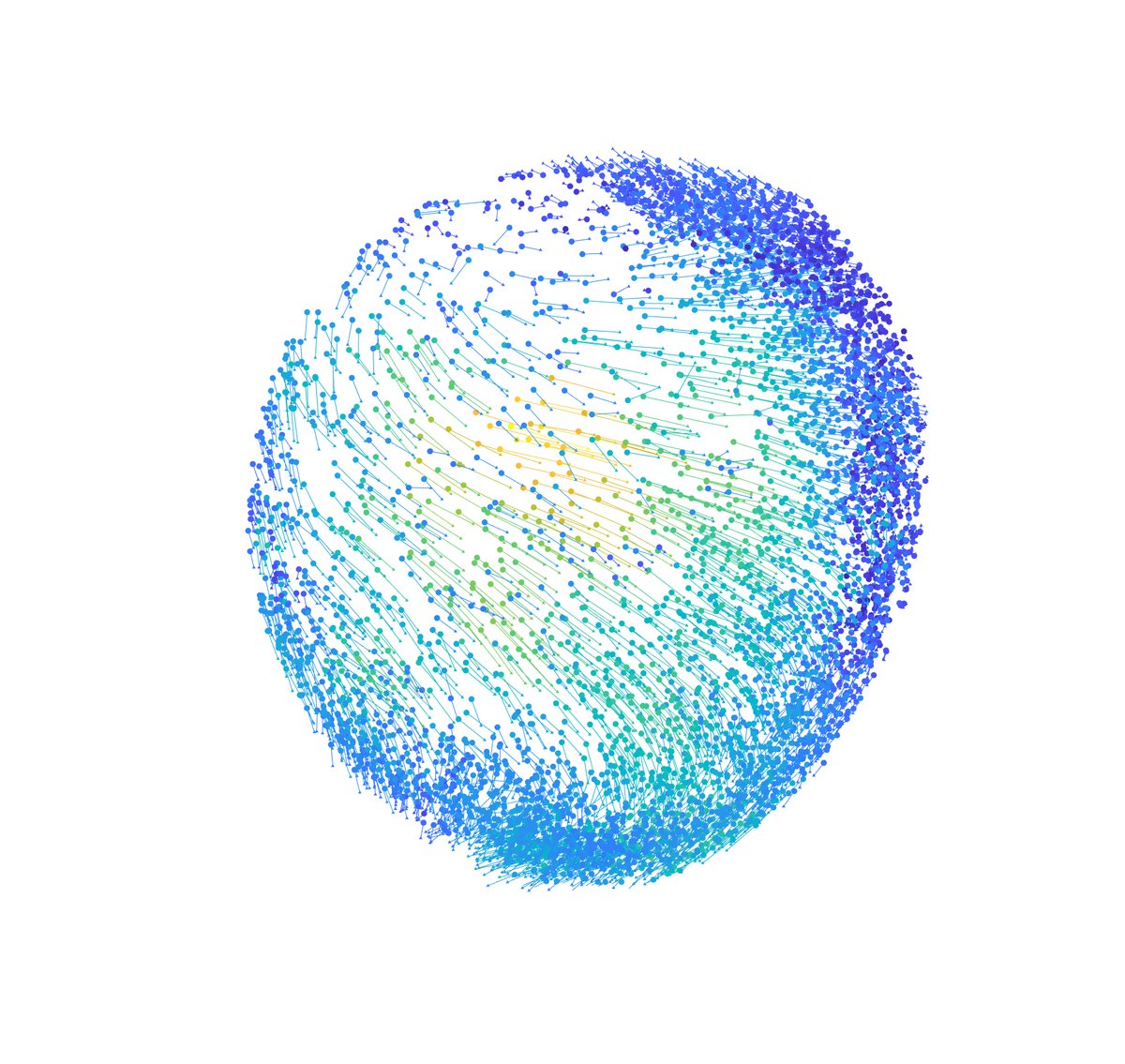
Collectively moving cells in zebrafish embryos at various stages of development. Copyright: Hernán Morales-Navarrete -
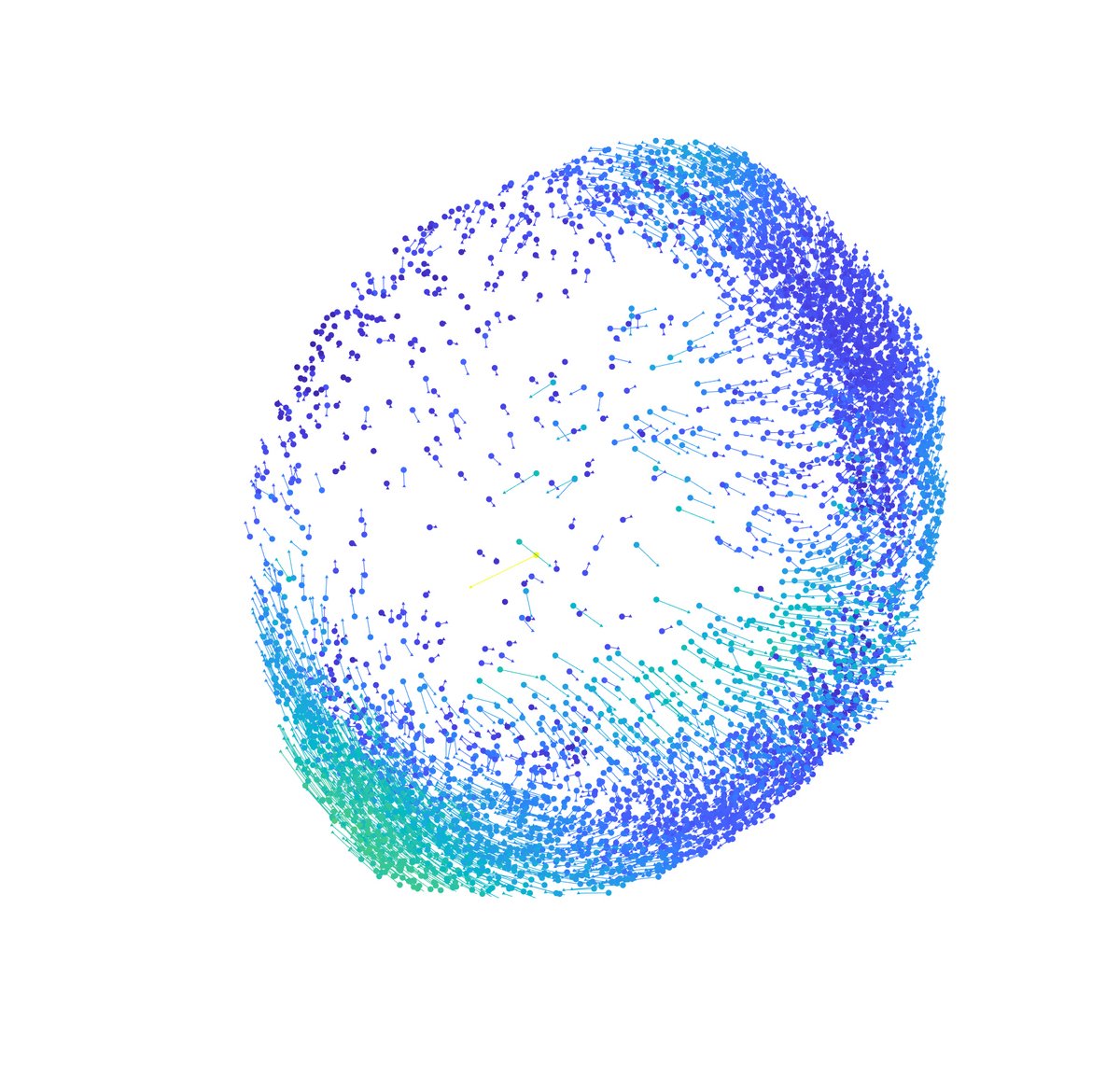
Collectively moving cells in zebrafish embryos at various stages of development. Copyright: Hernán Morales-Navarrete
The resulting model of collective cell behaviour will be validated using perturbations of signalling and morphogenesis. Together, this approach will allow us to determine how the dynamic coupling of cell behaviour, signalling, and mechanical forces orchestrates collective cell migration during development.
